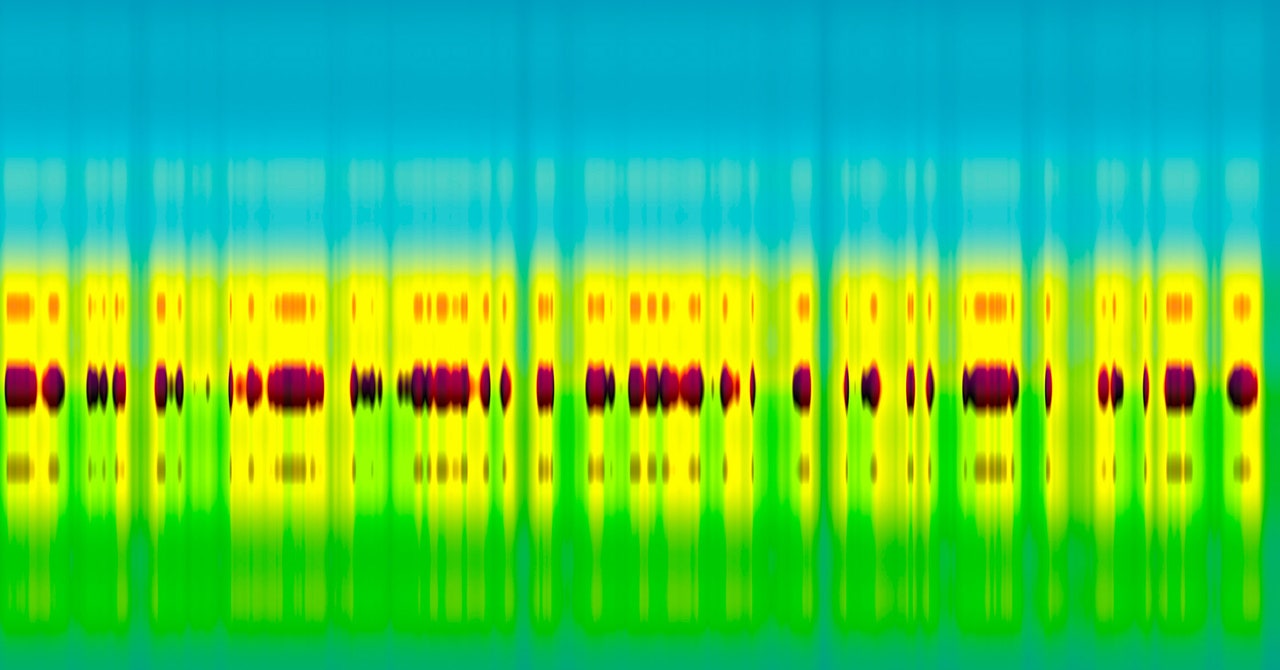
In a future when gene therapy can tweak a person’s genome precisely enough to cure them of severe disease, treating earlier will often be better—and the womb is as early as it gets. Last week, at the annual meeting of the American Society of Gene & Cell Therapy in Los Angeles, a handful of researchers presented their progress on in utero gene therapy, showing that research in lab animals offers some hope for human treatments, but still faces significant hurdles.
Doctors can already detect abnormalities in the DNA of a developing human fetus. Conditions like sickle cell anemia and spinal muscular atrophy arise with genetic signatures—sometimes as simple as a single gene mutation—that appear in prenatal screens. New gene therapies can treat adults and even kids with these conditions, but they have some drawbacks: They can cost millions of dollars for a one-time dose, and many are currently only available to clinical trial participants. Most of all, by the time a person receives them, they may have already spent months, if not many years, living with a serious illness.
Physicians and scientists hope that by correcting these abnormalities before birth, a newborn will stand a better chance of a healthy life. “The main advantage of administering these therapies in the womb or before birth would be to prevent disease before it happens,” says Bill Peranteau, a pediatric and fetal surgeon with the Children’s Hospital of Philadelphia, whose team presented at the conference.
His team has studied many diseases, including cystic fibrosis and metabolic disorders. Others at the conference presented research into conditions that affect the liver, muscles, brain, or spinal cord. Overall, these teams tend to focus on severe diseases that can benefit from early treatment. For some conditions, Peranteau says, “if you wait until after birth—or a long time after birth—you’ll miss a window of opportunity to prevent irreversible pathology.”
Fetal development offers that window, because at that point the fetus has many unspecialized stem cells that will give rise to all kinds of bodily tissues. A fetus’ immune system hasn’t fully matured, so it’s less likely to reject a biological therapy than an infant’s immune system would. And it is small, meaning its dose of a complex, expensive drug can be small too.
A gene therapy “drug” is not a drug in the traditional sense; it’s not a chemical compound that kills invading germs or quells disease symptoms. Intead, it is often a DNA-editing tool, such as Crispr, packaged into a sort of delivery vehicle, usually a virus or nanoparticle, that carries it to the target cells. The therapy can then snip, swap, or insert genes to reverse or mitigate disease.
“Delivery is still a very large challenge,” says Rohan Palanki, a bioengineer and MD/PhD student who works with Peranteau, because it can be hard to target cells in organs like the brain, lungs, and skin. The best way to solve the delivery problem depends on the disease and the type of gene therapy. Researchers may optimize the microscopic vehicle that delivers the genetic machinery, inject the drug into a specific region or at a specific time in the pregnancy—or all the above.


